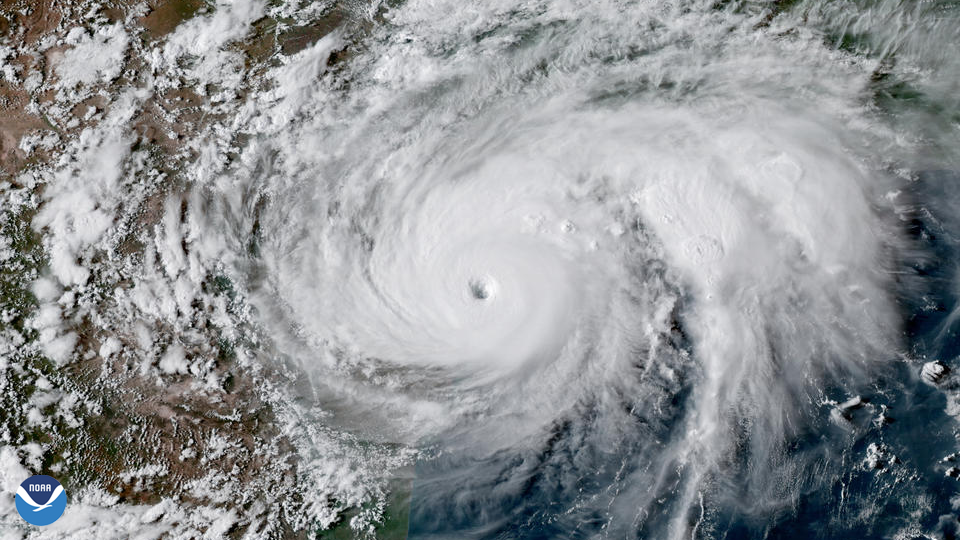Remembering Hurricane Harvey: A Devastating Anniversary

On the anniversary of Hurricane Harvey, we reflect on the tremendous impact this natural disaster had on the lives of millions and the environment. This catastrophic Category 4 storm made landfall on August 25, 2017, leaving a monumental mark on the Gulf Coast and serving as a saddening reminder of the power and unpredictability of hurricanes.
Harvey unleashed its fury in the form of torrential rainfall and relentless flooding. The storm’s stalled movement over the Houston metropolitan area exacerbated its impact, leading to flooding and displacing thousands of people from their homes.
Harvey’s record-breaking rainfall, with some areas receiving over 60 inches (152 centimeters) of rain, led to widespread flooding of homes, businesses, and critical infrastructure. The human toll was heartbreaking, with dozens of lives lost and countless others upended by the disaster. The financial cost of the damage reached an estimated $125 billion, making it one of the costliest natural disasters in U.S. history, second to Hurricane Katrina.
The environmental consequences of Hurricane Harvey were far-reaching and continue to be felt years later. The flooding released pollutants into waterways and soil, posing risks to aquatic ecosystems and human health. The storm also disrupted oil refineries and chemical plants, leading to hazardous spills and releasing pollutants into the air.
However, Harvey also highlighted the resilience of both nature and communities. Wetlands and coastal marshes, natural buffers against storms, absorbed some of the floodwaters, mitigating the overall impact. Additionally, communities came together in remarkable ways, demonstrating the strength of human spirit in times of crisis. The disaster prompted discussions on urban planning, flood mitigation strategies, and the importance of climate-resilient infrastructure.
As we remember the anniversary of Hurricane Harvey, let it be a reminder of our shared vulnerability and the importance of collective action. By learning from the past, we can forge a more resilient and sustainable future for ourselves and the planet.